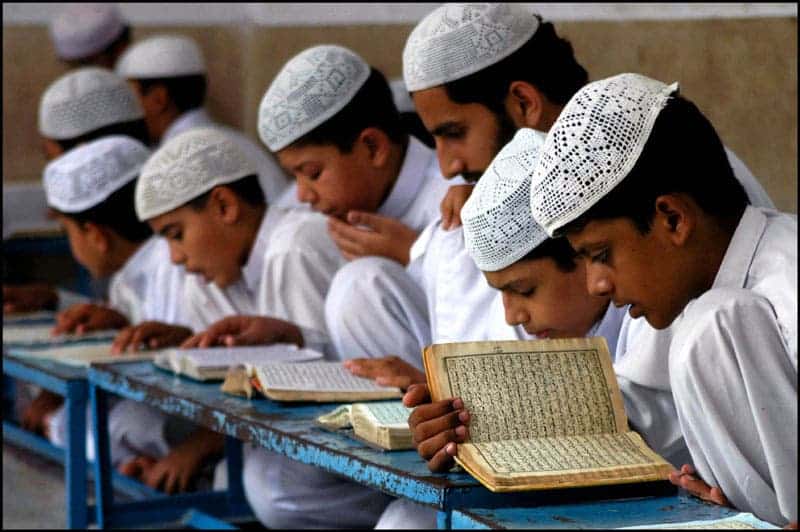Religion should be harboring tolerance and promoting peace but unfortunately, things are often different in real life. A new report that analyzed 78 textbooks from all four provinces of Pakistan found that children in schools are encouraged to disregard non-Muslims.

Pakistan is one of the most populous countries in the world, with some 200 million inhabitants. It’s also one of the biggest Muslim countries, with 95-98% practicing the religion. The U.S. Commission on International Religious Freedom (USCIRF) wanted to see how inter-religious relationship are, and commissioned a study for this purpose.
“School textbooks represent the political perspectives and national ideologies of whole educational and government systems,” the study writes. “As such, school textbooks are one of the most important indicators of official and popular perspectives of the cultural and political communities they depict both in words and images.”
They found several types of problems. Some outright errors about other faiths were presented as facts in manuals, and that’s not even the most worrying thing. The most worrying thing is that quite a few textbooks promote distrust and intolerance. For example, this quote found on page 23 of the tenth grade Urdu textbook reads: “Because the Muslim religion, culture
and social system are different from non-Muslims, it is impossible to cooperate with Hindus.” That’s not only completely untrue and misleading, but it’s harboring negative feelings for Hindus. Another quote from the Sindh province seventh grade Urdu textbook mixes facts and conspiracies, portraying Hindus and Christians as partners to destroy Muslims:
“There were two enemies of Muslims, the Englishmen and Hindus. Both of these were against the formation of Pakistan. On one hand, the Englishmen renounced the division plan of Hindustan, while on the other hand, Hindus were planning to occupy the entire Hindustan and enslave Muslims. . . .”
All in all, the conclusions were extremely worrying. Englishmen and minority religions were often portrayed as enemies, people you can’t work with and which should be treated as inferiors. It basically creates a “us versus them” mentality. In a world with growing religious pressure and seemingly more and more friction, that’s exactly what we don’t want. We want the new generation to grow up with a healthy approach towards life.
“These perceptions predispose students early on that the non-Muslim population of Pakistan are outsiders and unpatriotic. These grossly generalized and stereotypical portrayals of religious minority communities signal that they are untrustworthy, religiously inferior, and ideologically scheming and intolerant,” the study concludes.
This should draw an alarm signal, as it seems logical to assume that Pakistan isn’t an isolated case, and many other religious countries promote this type of feelings. This needs to be looked in to, and hopefully fixed.
Read the full study here.






